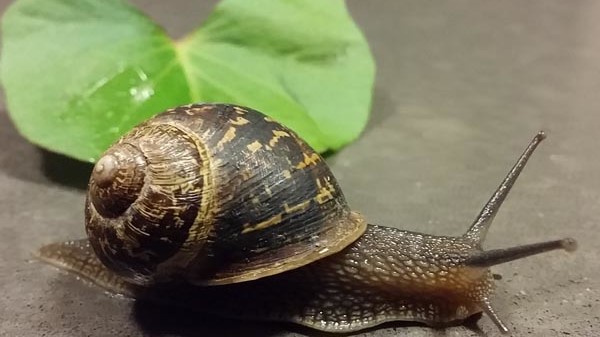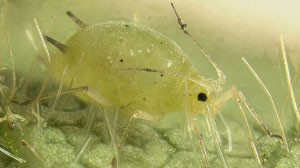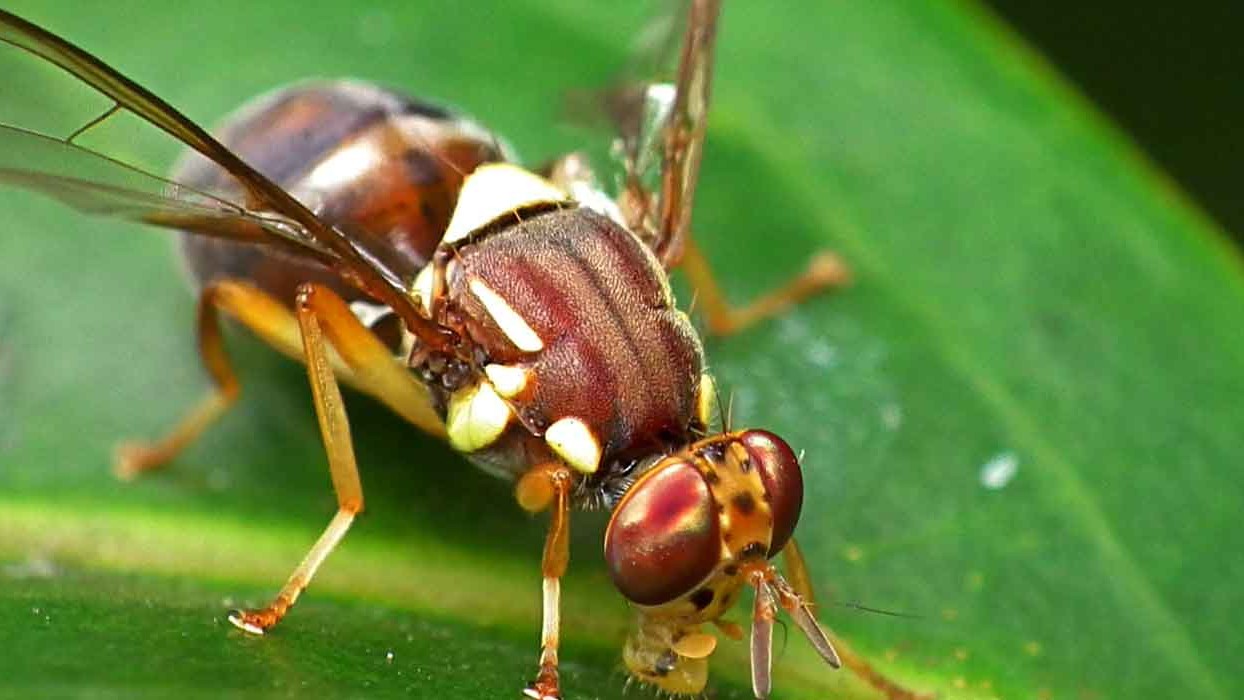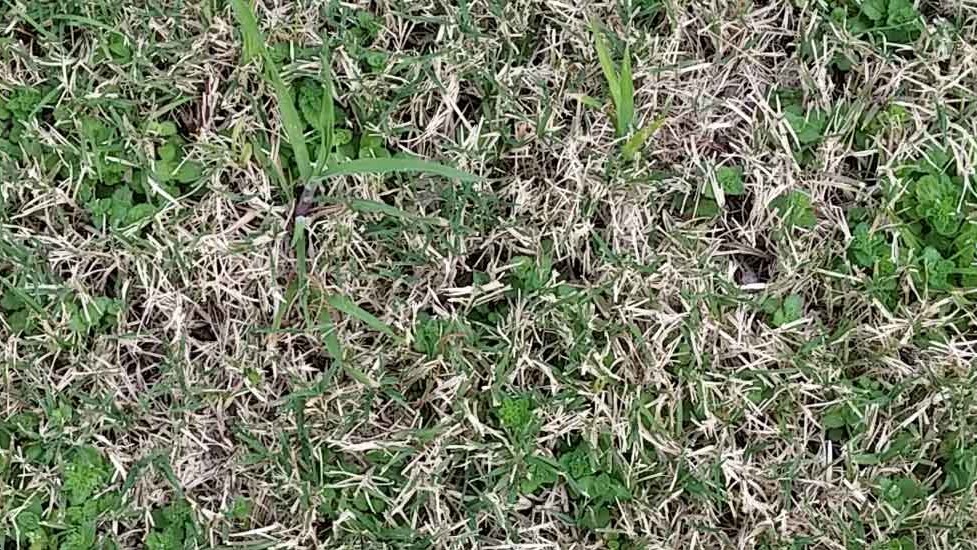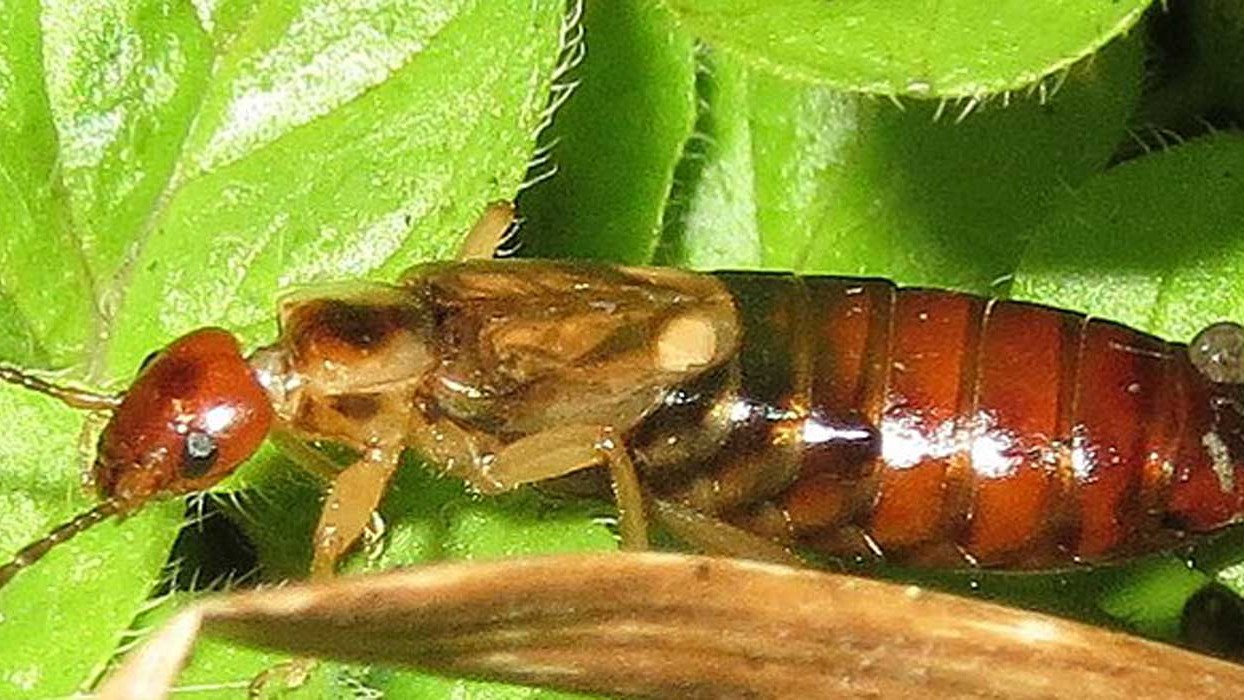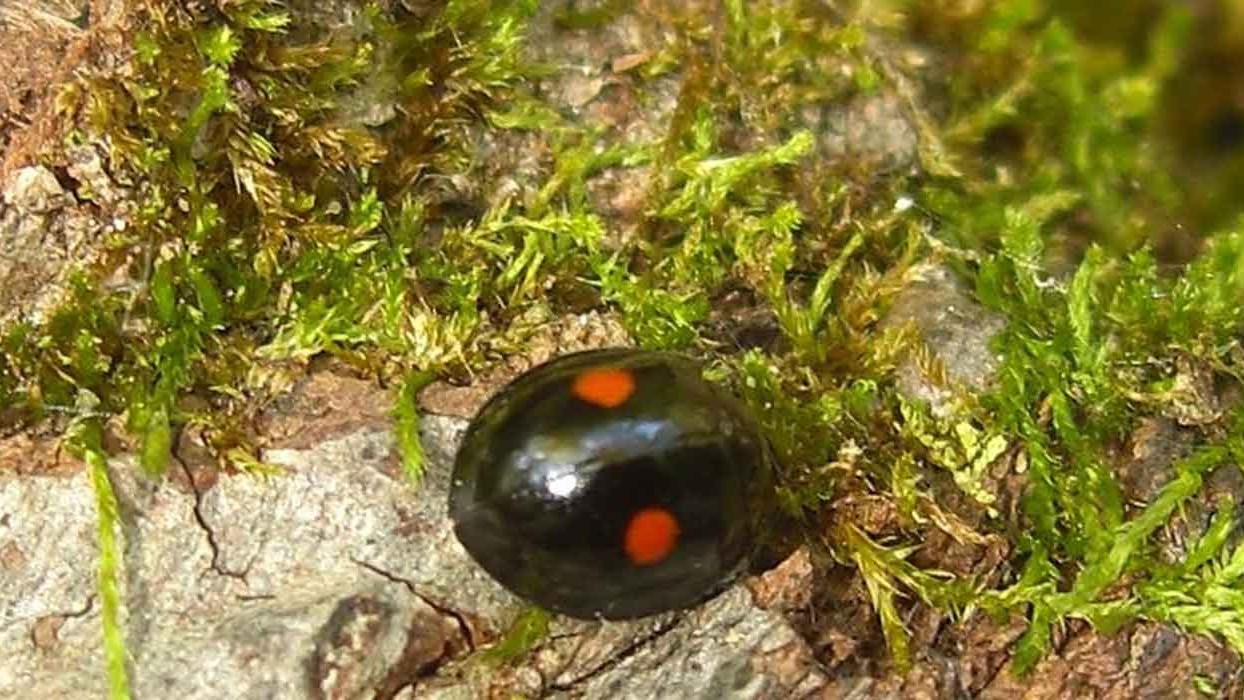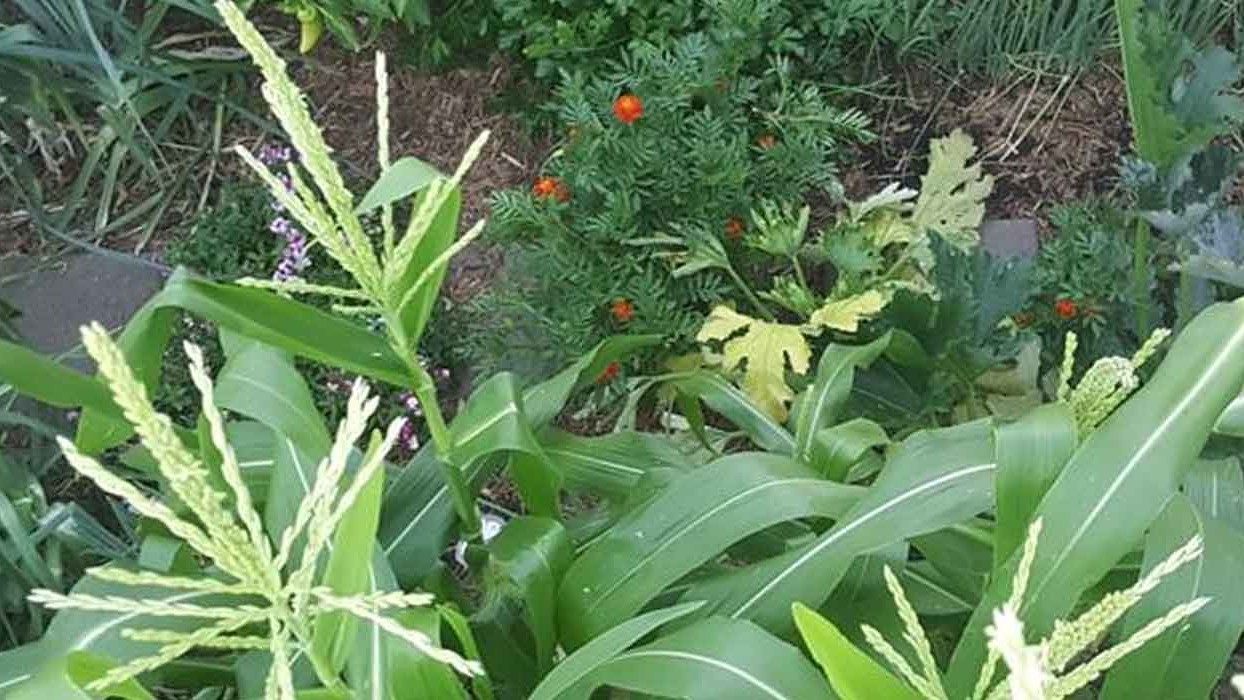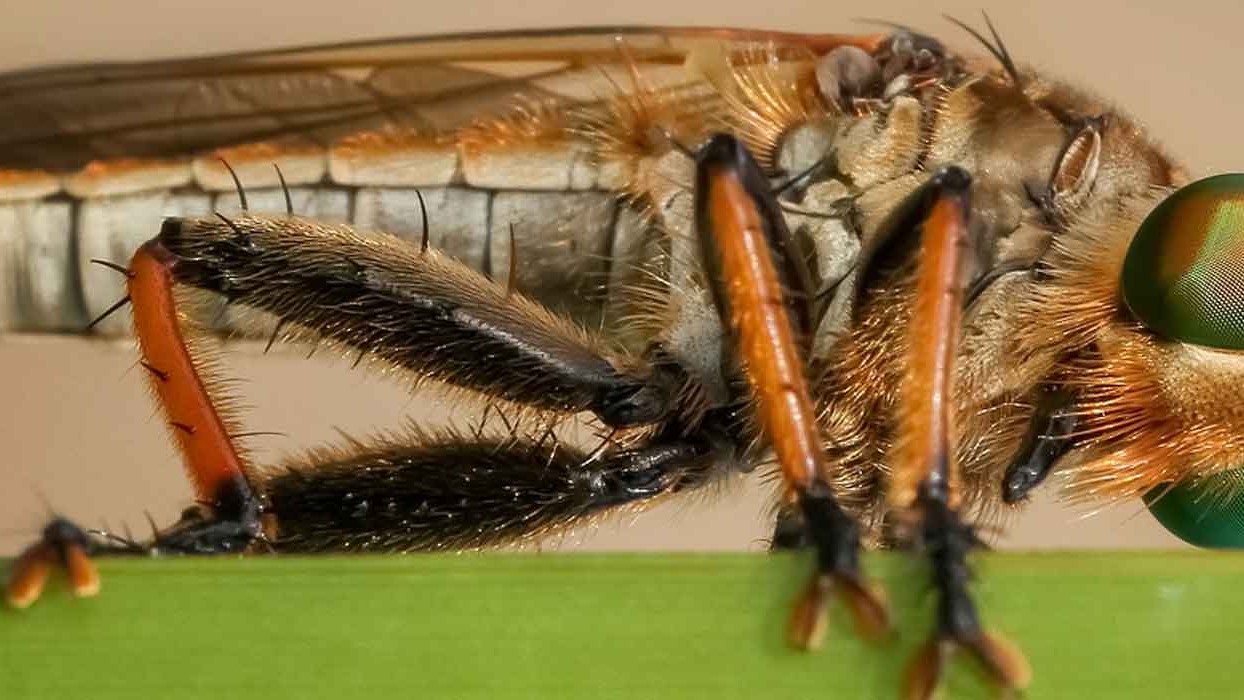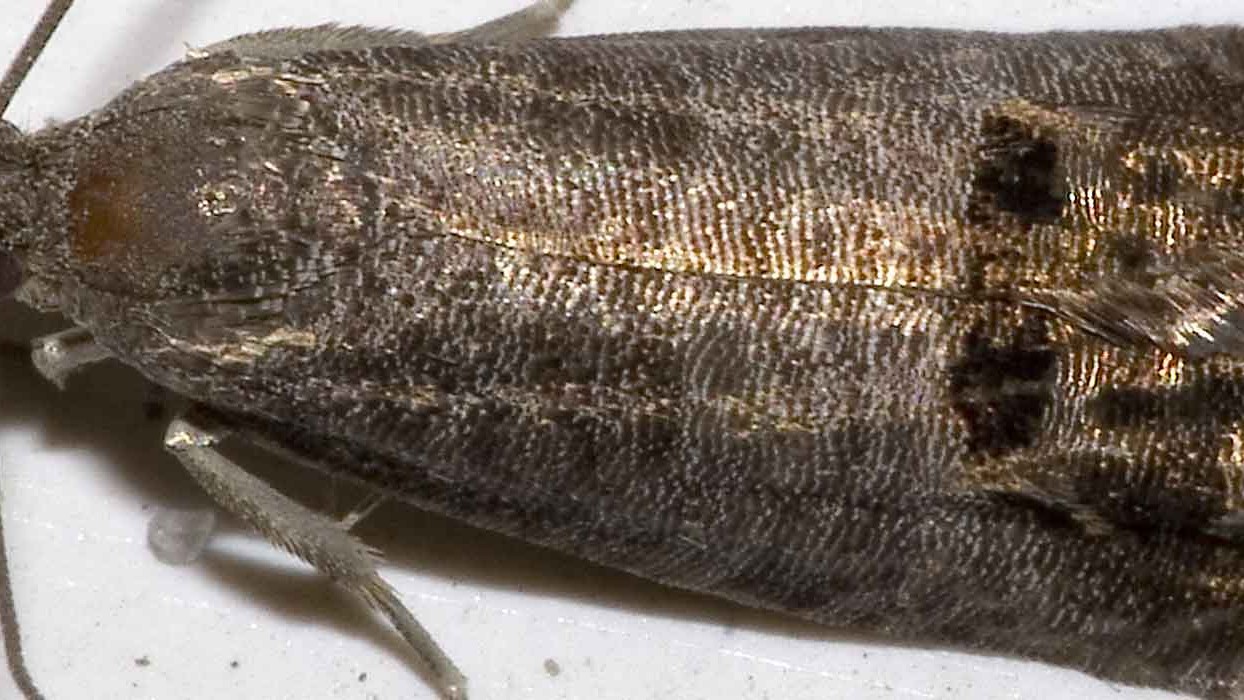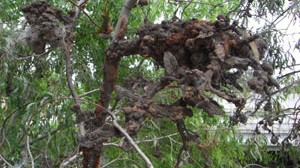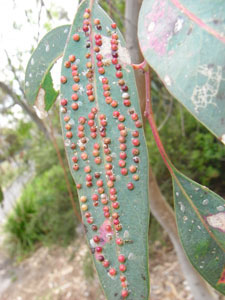If your plants have been munched, crunched, chomped, rasped or ripped, the most important thing to do is make sure you have correctly identified the culprit. Knowing what you’re up against is essential to know what you need to do to treat the problem.
SGA is a big fan of non-chemical pest control and prevention, such as monitoring your garden for early outbreaks, ensuring good air circulation between plants and alternative home remedies such as garlic sprays. If you choose to use a chemical, use one of the highest 6 Star-rated products from WiseGardening – Choices to Protect You and the Planet your garden and the planet will thank you for it.
If you do use any chemical product, please read the label VERY carefully. And to understand what the chemical terms on labels, it’s worth looking here.
More information about pests and pest control is found on links below:
Snails & Slugs
Hi, my name is: Garden Snail Describe yourself: Like most of the snails in your garden I'm a foreigner to this land. I am a bit of a nomad,…
Garden Predators
There are plenty of garden critters that are useful predators of plant pests, and SGA encourages home gardeners to reduce their chemical use, in…
Garden like a Natural Farmer
Who is the best person to advise how to grow food naturally? A Natural Farmer of course! They grow food for a living and if they get it wrong they…
Good Flies
Not all flies are bad! We are used to being concerned when we see a blowfly, thinking it carries disease, or being annoyed by those pesky common…
Codling Moth
If you want to protect your apple or pear trees prepare for this pest! He introduces himself here: Hi, my name is: Codling Moth Describe yourself:…


